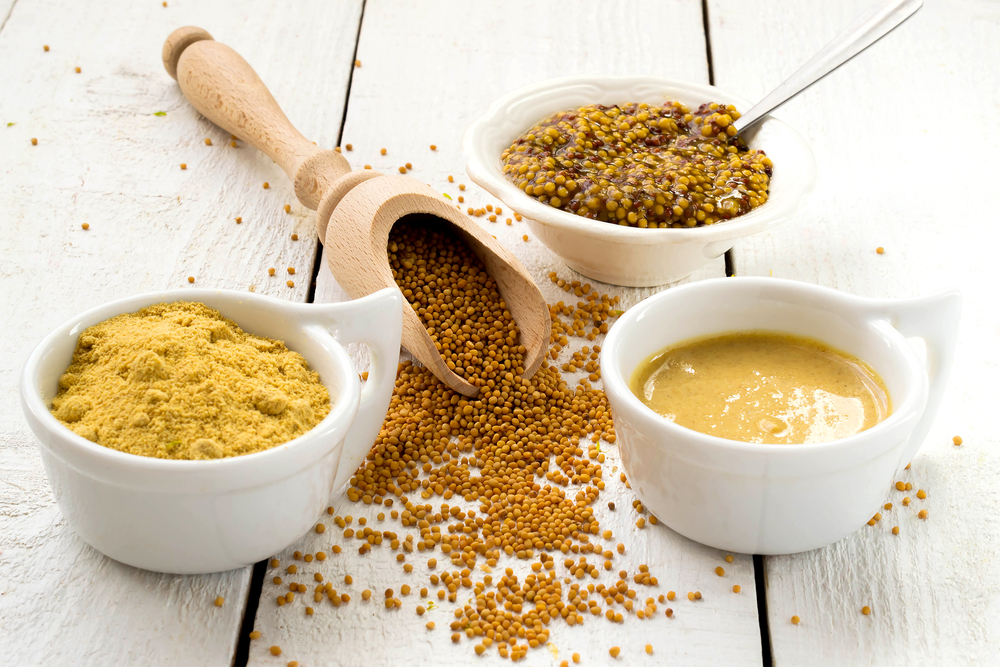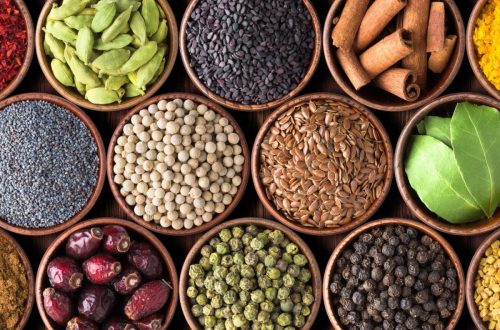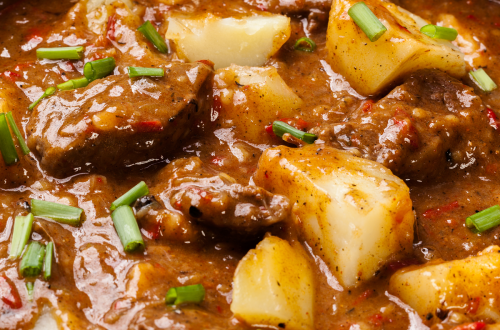
So Many Different Ways to Relish Mustard
Some people just love mustard, and I’m one of them. My earliest recollection was smearing some mustard (and only mustard) on my hamburgers. Now, I can’t imagine cooking without it. Adding mustard to sauces, salads, soups, stews, and so much more gives acidity, brightness, and dimension to the flavors.
But back then, other than spreading it on sandwich meats, my family didn’t have a lot of uses for mustard. It just wasn’t a vital ingredient. The local Methodist Church cookbook of the day reveals that several cooks used mustard in their salad dressing, and one incorporated it in a carrot salad. As for those casseroles shared at community dinners, I found mustard only incorporated in marinated carrots, baked beans, and ham loaf. I expected considerably more, as virtually every kitchen cabinet in the area included a jar of the ubiquitous French’s mustard – about the only brand available at the grocery store in the 1950s.
From B.C.E. to 2024
After all, mustard – as seeds or as a paste or sauce – has been used as a flavoring for more than 5,000 years. Early Indian and Sumerian texts referred to it, as did Roman writings and the Bible. The Romans were likely the first to prepare mustard as a condiment, mixing unfermented grape juice (the must) with ground mustard seeds to make what was called mustum ardens. And they likely exported mustard seeds to Gaul. It has always been important in Europe because it grows locally and is therefore the cheapest of spices.
This member of the cabbage family produces seeds that are the source of what we know as mustard. When the seeds are ground, they’re added to water and acids. The temperature of the water and the concentration of the acids – usually vinegar – determine the strength of the flavor. Hot water and stronger acids produce less pungent flavors. Hence cold water produces spicy mustard.
From hot dogs to eggrolls, from curries to steak
American ballpark mustard is made from ground white seeds, colored yellow with turmeric, and is less pungent than brown mustard like deli or Gulden’s brands. German mustard, made primarily with brown seeds, is spicy and smooth. And that nose-tingling mustard you get with your eggroll in Chinese restaurants is made from ground brown seeds simply mixed with cold water.
In Indian cookery, the mustard seed is often fried whole before being added to a dish, providing curries and other dishes with a nutty flavor. In the Netherlands and Belgium, mustard is used to season croquettes, meatballs (bitterballen), and cheese, not to mention mustard soup made from mustard, cream, parsley, garlic, and pieces of salted bacon. Germany is famous for its endless varieties of mustard, which is used in cooking stews and slathered unadulterated on pretzels, sausages, and sauerkraut. And, of course, the French have their signature Dijon mustard, used in chicken braised with mustard and white wine (coq au vin blanc), as well as Bordeaux mustard, which is mild and brown, containing herbs like tarragon. You might also recognize the white pottery crocks of Pommery Moutarde de Meaux, also known as moutarde a l’ancienne, made from a recipe unchanged from the 17th century using unmilled crushed grains. Usually fairly mild, it’s used in cream sauces, tossed with cooked potatoes and olive oil, and spread on ham, for example.
Let’s not forget England, Ireland, Scotland, and Wales, which all have their favorites. Prepared English mustard such as Colman’s, for instance, is relatively thick and bright yellow, made with a combo of ground yellow and brown seeds. Its flavor is stronger than many others because of its low acid content. It’s particularly well suited as a cooking ingredient but is also used as a table condiment for cold and hot meats – especially steak.
From international to domestic
What do other cooks around the U.S. do with mustard? In Southern cooking, you’ll find mustard in ham salads, mac and cheese, grilled pork chops, and deviled baby-back ribs. Maybe even try Dijon mustard in your mashed potatoes. I use it liberally in Caesar salad, vinaigrette dressings, barbecue sauce, and potato salads. Recently, I spread “exotic curry” mustard on a nice filet of sockeye salmon before broiling it.
To explore all the many options, check out The Mustard Museum (where I purchased the exotic curry variety). This facility just outside Madison, Wisconsin not only showcases the condiment but also sells some 6,000 mustards from all 50 states and 70-plus countries. Their website also includes lots of intriguing recipes: one-pan chicken curry, dill and garlic–crusted salmon, butternut squash pear soup with honey mustard, and sausage and shrimp gumbo with Creole mustard – just a few of my favorites.
From your email, please click on the headline to view the blog on the website. You can log in and comment at the end of the blog to share your thoughts and start a discussion, or suggest a topic for Farmboy in the Kitchen.
If you’d like to share the blog, click on the Facebook icon or one of the others. Thanks!




